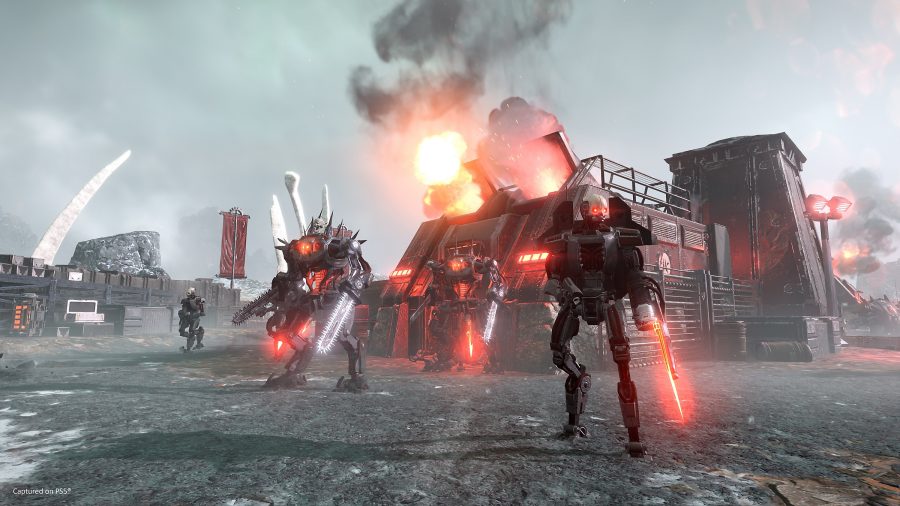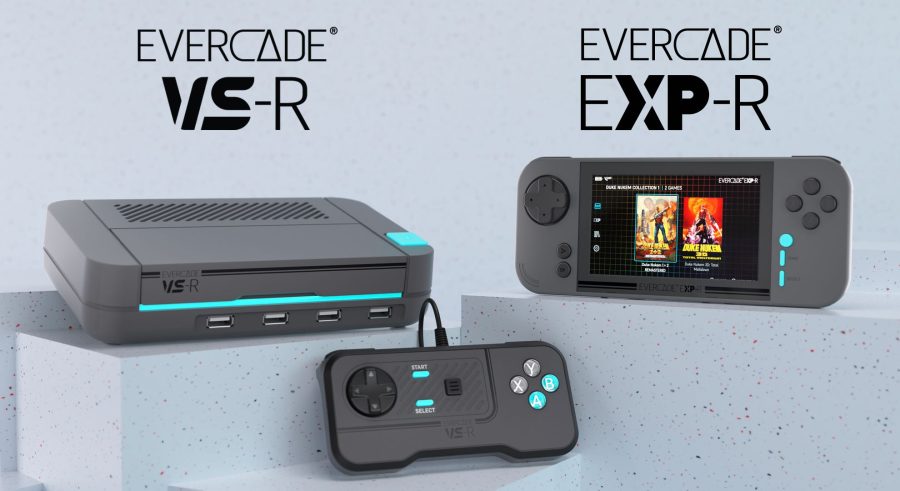When it comes to unique, ‘out there’ startup ideas, it doesn’t get much more far out than Ponoko. The simplified concept for customers: design your own custom product and someone will make it for you. Example products created for Ponoko users so far include custom chairs, jewelry, toys, wine racks, laptop stands. As if the concept of customers designing their own products and having them custom made wasn’t enough, the company behind it all comes from New Zealand.

I’ve known Ponoko co-founder Dave ten Have in a professional capacity for over 10 years. We both live and work in Wellington, New Zealand. Ponoko is a remarkable concept, so I sat down with him to find out how he came up with the vision – and more importantly, turned it into reality.
From Idea to Reality, 2004-2007
RWW: How did you came up with the concept for Ponoko?
Dave ten Have: So the first part of the genesis was being exposed to next generation CAD products. In a previous company I started playing with SolidWorks, which is a type of tool where you can produce 3D forms fairly intuitively. The next obvious step was to go say: “Well, I’ve created this 3D form. I want to get it engineered somewhere.” It kind of surprised me at the time, and this would have been in 2004 maybe, that I couldn’t just send files somewhere and have them sent back. So that’s kind of the technical genesis.
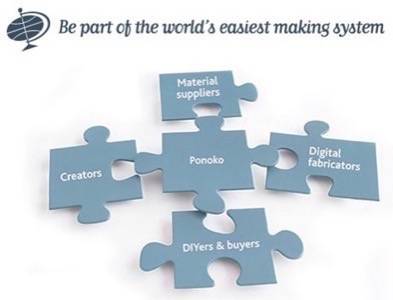
But the real genesis was when Derek Elley (the co-founder) and I both sold out of companies that we had been working at. We started looking at a lot of climate change stuff. And we were being exposed to the concept of having to include carbon at a true cost into products. So we thought, “well that’s interesting, that’s going to change stuff.” [But] the current system isn’t efficient [because] it’s subsidized. So we didn’t want to just have a factory in China and ship things everywhere. What we wanted to do instead is keep the products as digital components for as long as possible, then turn them into atoms right at the point of consumption. That’s the idea.
So Derek and I put a lot of thought into that and started to investigate what is essentially a science fiction concept. And that’s kind of where it started and we went from there.
RWW: So the genesis of the technical side of the product was around 2004, has it changed much from the original vision over the years?
Dave ten Have: Yeah. I mean, you start with a science fiction vision and then you go “well, hello, how do I make it actually work?” We had to start with a fairly rudimentary offering, because that’s really all that we could wrap our arms around at a technical level and at an investment level as well [at that time]. We didn’t have millions of dollars, so we had to come up with technologies or find technologies that were really applicable at the right cost point. And that’s why we chose laser cutters. We have a very good relationship with the design school at Victoria University [Wellington’s university] and we were able to learn a lot about what students were using. So that guided us pretty heavily.
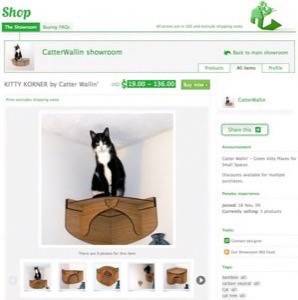
RWW: Okay, when did it launch?
Dave ten Have: It launched at TechCrunch 40, 2007.
RWW: Was it in private beta for a while before that?
Dave ten Have: Yeah, we ran it as a private beta for about six months prior to that – just to get the processes sorted and get an understanding of how people might use it. Also to tune the user experience.
RWW: Between 2004 when you first came up with the idea, and 2007 when you launched, what happened in that period?
Dave ten Have: Oh well, I was still working at my previous company. That consumed the rest of 2004 and all of 2005. I left that company in early 2006 and I then met Derek. We investigated ideas and did a whole bunch of things. At the beginning of 2007 we made a commitment to sit down and actually build the product [Ponoko].
RWW: So there were a couple of years there when you weren’t actively doing anything on the product… it was kind of sitting there?
Dave ten Have: Correct. It was sitting there and I think that’s probably not an uncommon process. You have a spark of inspiration and then it just percolates. It goes on the shelf essentially, and then there are a set of catalytic events: you meet someone, you get exposed to an associative concept, you see a business doing something similar and take it off the shelf. It was really that process of, like I said, meeting Derek and being exposed to a lot of the climate change work that we were doing that took it off the shelf.
Product Development Philosophy
RWW: I’m curious to hear a bit about your product development philosophy, because you’re a product guy.
Dave ten Have: Philosophically, I believe, the innovator needs to make the first step […] to completely tell the story. Making that step is partly about engaging with target users and learning from them, in that kind of alpha stage. But it’s also articulating a vision.
Then it is a process of going “Who else can I engage with? And how else might this [product] be used?” At that point in time, you are driven by where the markets lie – where the money lies essentially. So the product development is then dictated by how you engage with those groups. There is still a really strong requirement to have an articulated vision. Particularly with this sort of product, because we’re making this up as we’re going along. No one else is. So for people to get what you’re doing, you do need to be able to go “Here’s the vision. And here’s how we make the first step to meet that vision. And engage [the users] in a narrative.”

Growing the Company, 2007-10
RWW: How many people work for Ponoko now?
Dave ten Have: We’ve got five full-time staff here in New Zealand and three full-time staff in Oakland, in the Bay Area. And then we’ve got three or four part-time staff – bloggers and people who work on the laser cutters.
We’ve also got licensing arrangements in London, Milan and Berlin. Plus we recently announced a joint venture offering with Spark Fund. So we’re growing well.
RWW: Is the company profitable and if so how long did it take to get there?
It’s a long hard road when you’re doing the sort of thing that we’re doing, but we’re making progress. It took a while to reach profitability; it always does. But the lights are still on and we’re making money. So it’s been really exciting.
RWW: Are most of the customers for Ponoko based in US?
Dave ten Have: Yes, the vast majority of our customers are in the United States. In the typical areas; the bay area, New York, Austin, Philadelphia. We have a good strong user base here in New Zealand, but the vast majority are in the United States.
RWW: Ponoko is a very unique and new concept, especially for the general consumer to understand. So it must have taken a while to get users to grok what Ponoko is and how it works.
Dave ten Have: Yeah [chuckle] and we still haven’t cracked that. Though having said that, we’ve got a fantastic set of users who really understand what Ponoko is and are starting to use us to drive their businesses. [So] I’m willing to deal with the foibles of, you know, something that isn’t quite the science fiction promise.
It is still a long way from the general consumer side of things and there are a number of reasons for that. There are technical reasons, but fundamentally there are reasons around non-designers being able to articulate their needs.
The personalization game is very tough and where [companies] have been very successful is where they’ve limiting the options very very aggressively. We are the exact opposite. In many cases we’re a blank canvas. When you’re in a blank canvas environment, you need to find a set of people who passionately believe in what you’re doing. And we’ve been exceedingly lucky to find that group.
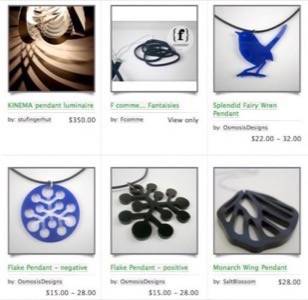
RWW: Did you look for those types of people in, say, electronics communities and things like that?
Dave ten Have: Yes, one of the big reasons why we have concentrated on the Bay Area is because there is a very strong Maker community there. It was very much a process of going there, engaging those people and telling our story.
RWW: What are the most popular types of products that customers are requesting now?
Dave ten Have: The typical ones are jewelry, but we’ve got a lot of electronic stuff now and people are building enclosures for electronics components. And clocks, oddly enough, are a popular thing at present.
But the great joy of this is that there’s such a variety. What Derek and I were thinking about early on was the concept of building relevance [i.e. personalization] into products. It might not be a utilitarian product, it might be a memorial plaque or that kind of thing. There is definitely a commercial use that people are putting us to, but there is a far more personal and relevant use that people are putting us to as well.
The Future: Scaling…
RWW: Given the nature of the business and the fact that personalization is very crucial to it, will you able to scale it to be a mainstream business?
Dave ten Have: Yes, the next few years we’ll see a lot of that occur. How that plays out, it’s still not fully known. We’ve got a lot of work going on doing exactly that, but there’s still a ways to go.
RWW: What are your big goals for Ponoko – where do you want to take the company?
Dave ten Have: So far we’ve determined our set of people who we can engage with and we’ve started engaging with them. The next step is a very deliberate rinse and repeat. Now that we’ve got some good target markets, [it’s about] tuning the product to increase engagement and kick the scale side of things. That’s really the goal.








